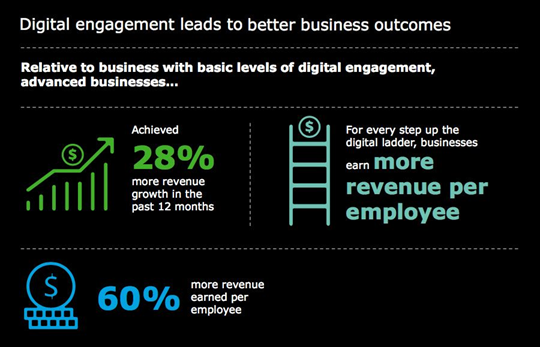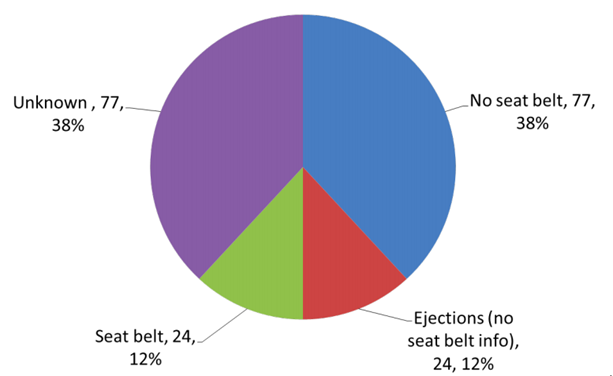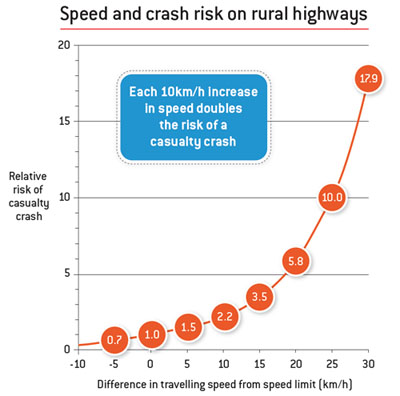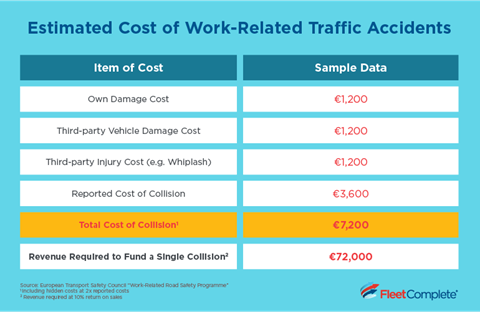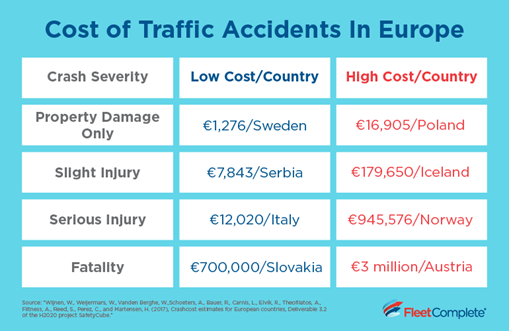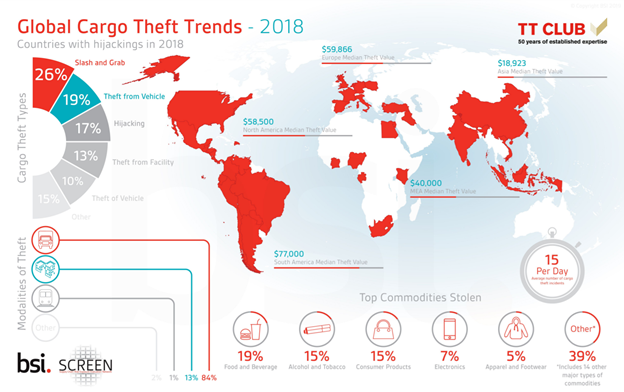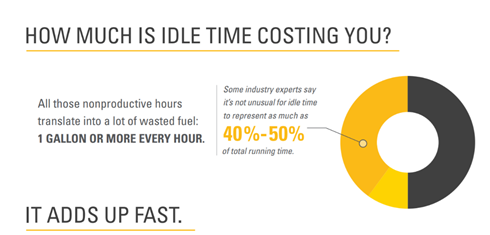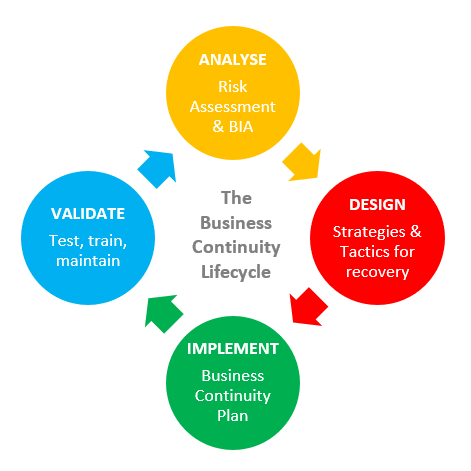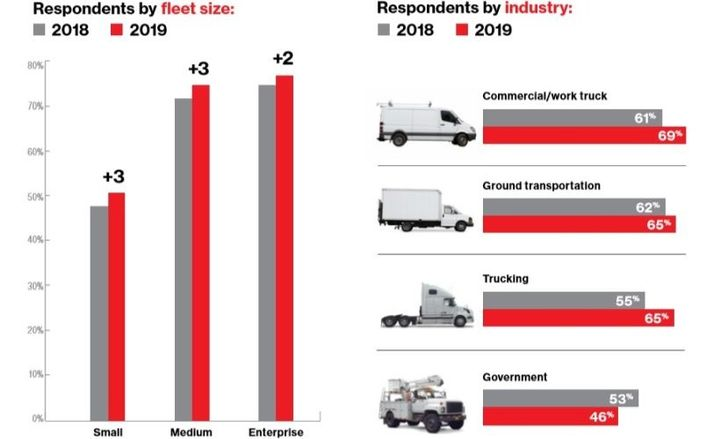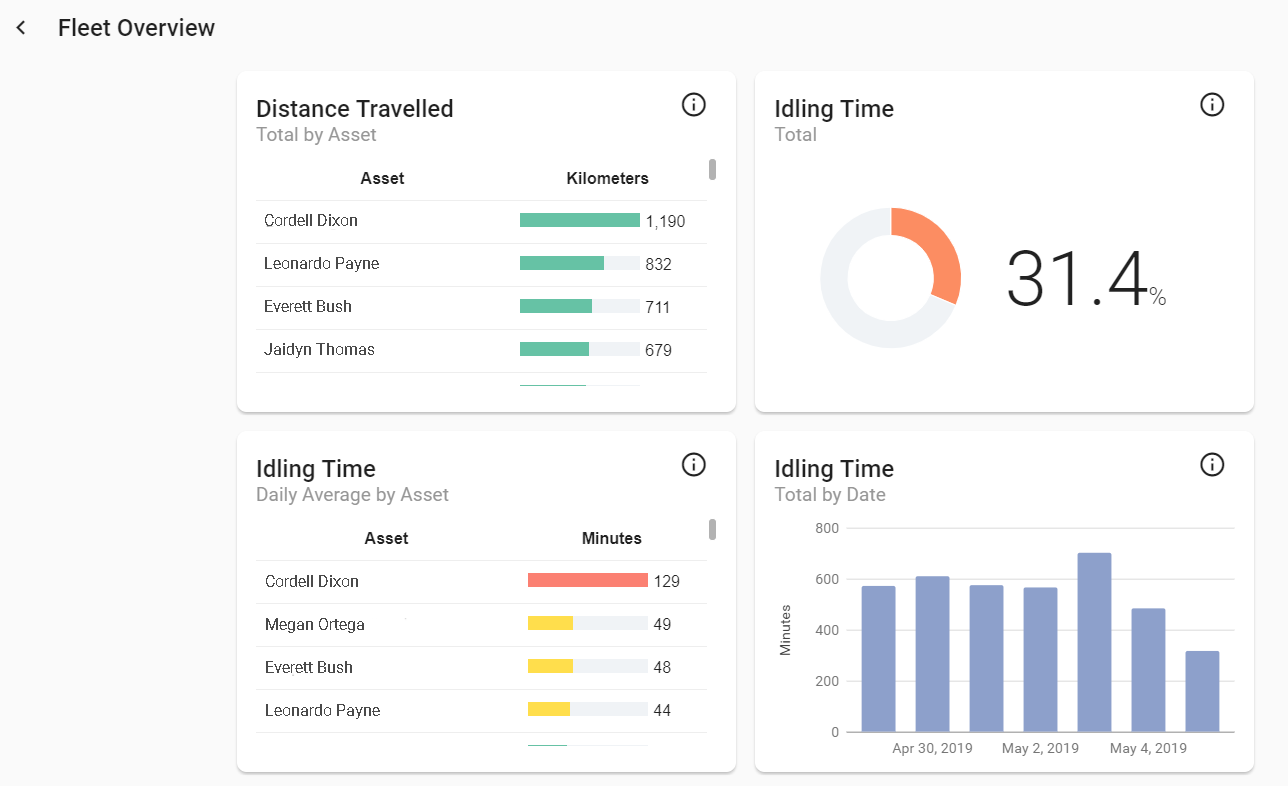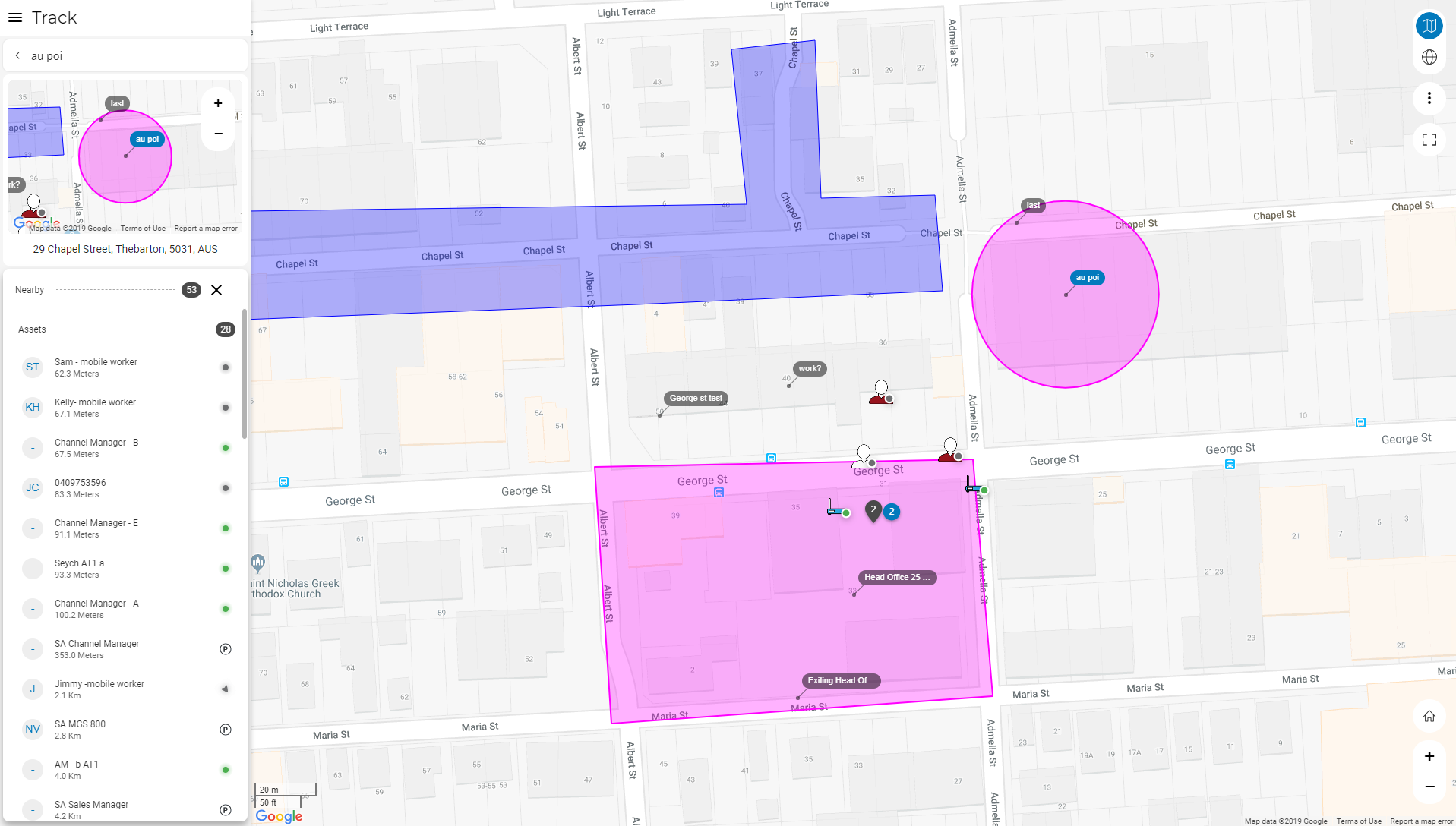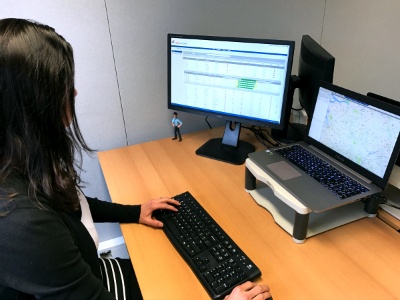
With a GPS tracking system, your organisation can see where the vehicles are, whether they’re used properly, when they require maintenance, and which drivers may require additional safety training.
Accidents are, unfortunately, a part of driving. In 2019, data showed that there were 1,188 road deaths in Australia. However, by gaining further insight into driving behaviour and vehicle maintenance, your company can significantly improve driver safety. Below, we’ll explore four different ways vehicle tracking can boost safety for fleets and how you can get started immediately.
- Track Driving Behaviour
According to the Queensland University of Technology, driving behaviour has a significant impact on road accidents. Research from 2015 shows that driver distraction, from talking or texting on a phone, to reading directions, is a contributing factor in 22% of car crashes and 71% of truck crashes. In addition to distracted driving, there’s also aggressive driving and drowsy driving.
That’s why it’s important you have a deeper insight into how your drivers are performing on the road. Monitoring driver performance is a key step in reducing costs as well as keeping your drivers safe.
First, supervisors and managers can identify any potentially problematic driving behaviours like erratic acceleration, harsh braking, cell-phone usage while driving, or speeding. Then, employees can be coached on safe driving practices, focusing on the specific issues they need to work on.
When drivers know they are being monitored, they’re also more likely to drive more safely, reducing problematic behaviour to begin with. By combining technology and data-driven driver education, tracking every driver’s behaviour can ultimately save costs and lives.
- Customise and Personalise Training
In-vehicle Monitoring Systems (IVMS) are a great way for managers and supervisors to pinpoint areas of improvement for each driver. Availability of personalised data for each driver makes the process of coaching easier, as drivers can see and understand what unsafe driving behaviours they have, when they occur, and how they can eliminate these behaviours.
For example, if you have a driver that often experiences driver fatigue after a long shift, you can work with the driver to implement immediate and long-term strategies to combat this problem. An immediate tactic could be to take regular breaks or a nap when tired, while a long-term strategy could be helping the driver improve their health, diet, exercise, and lifestyle.
You can also view your fleet’s collated driving habits. This can be useful if you want to separate your training programs into small groups of drivers with specific driving habits to customise their training, for example. You should also consider rewarding drivers when they display consistent model behaviour and if they’re following the driver safety training— e.g. by giving bonuses, gift cards, and time off.
- Improve Vehicle Maintenance
When it comes to safe driving practices, ensuring your fleet is well maintained will also boost driver safety. With the right GPS vehicle tracking software, you can set up reminders and email alerts based on the vehicle’s odometer readings, time, or engine hours threshold.
Properly maintaining your vehicles prevents unnecessary breakdowns, costly repairs, and downtime when in service shop.
Bottom line
Telematics and GPS tracking provide many benefits. They can significantly boost the safety of your drivers and fleet by helping you identify in real-time your vehicles’ location and route, and your team’s driving behaviour – which also reflects on your bottom line. The cost of the software may cost you the price of a tank of gas per month, but the amount of fuel you save on proper driving habits and route optimization can amount to tens of thousands of dollars a year.
According to Michael Seychell, the national sales manager from Fleet Complete, “Monitoring the performance and activities of vehicles and mobile workers in the field can cost as little as a dollar a day. A tracking device installed into a vehicle can communicate data via the mobile phone network, accessed by an administrator at the client’s location via a web-based portal.”
Vehicle tracking doesn’t have to be complicated. If you’re keen to boost fleet safety, reliability, efficiency, and productivity, learn more by requesting our Fleet Complete demo.
If you found this article helpful, please share it on social media.






